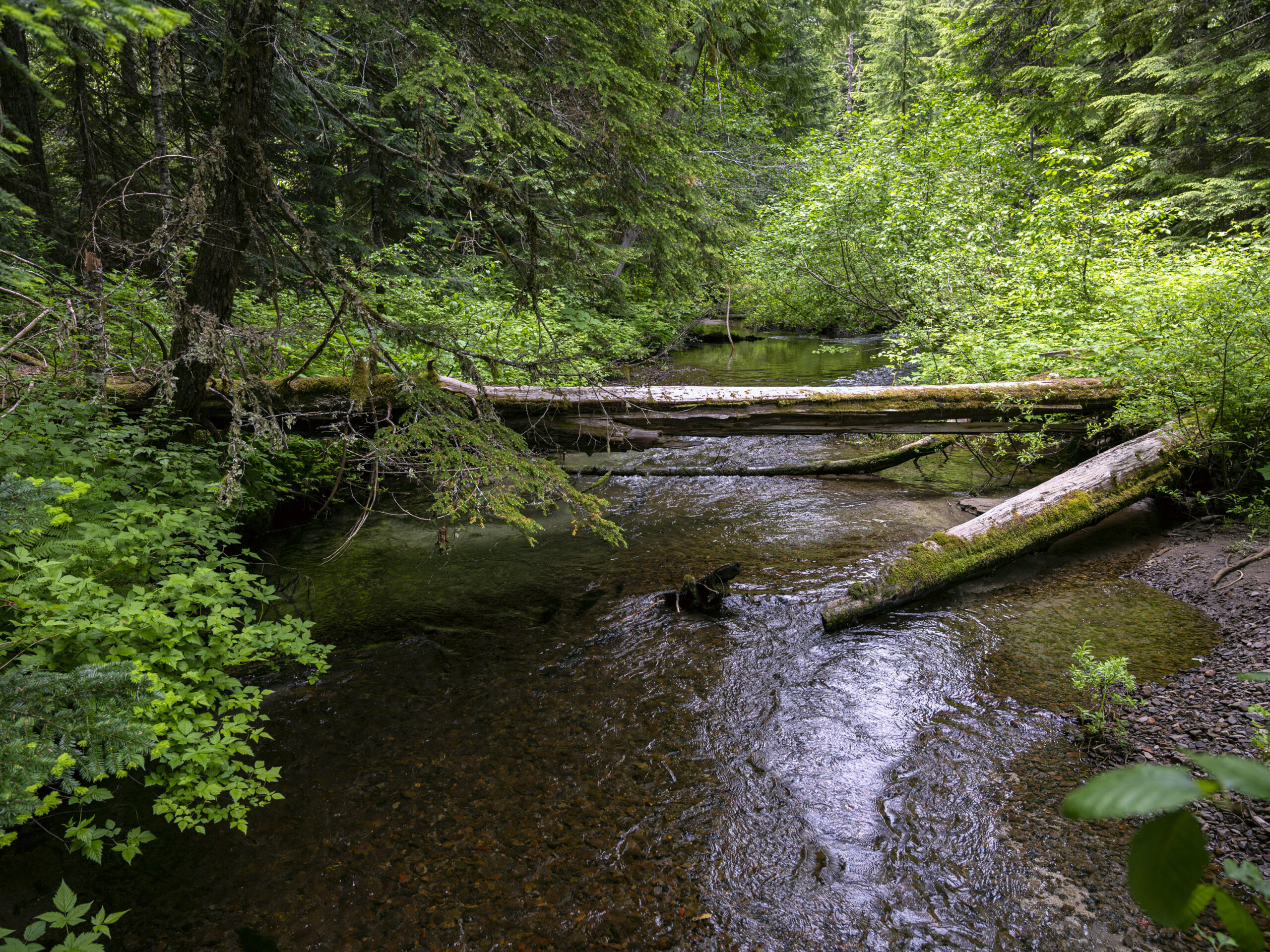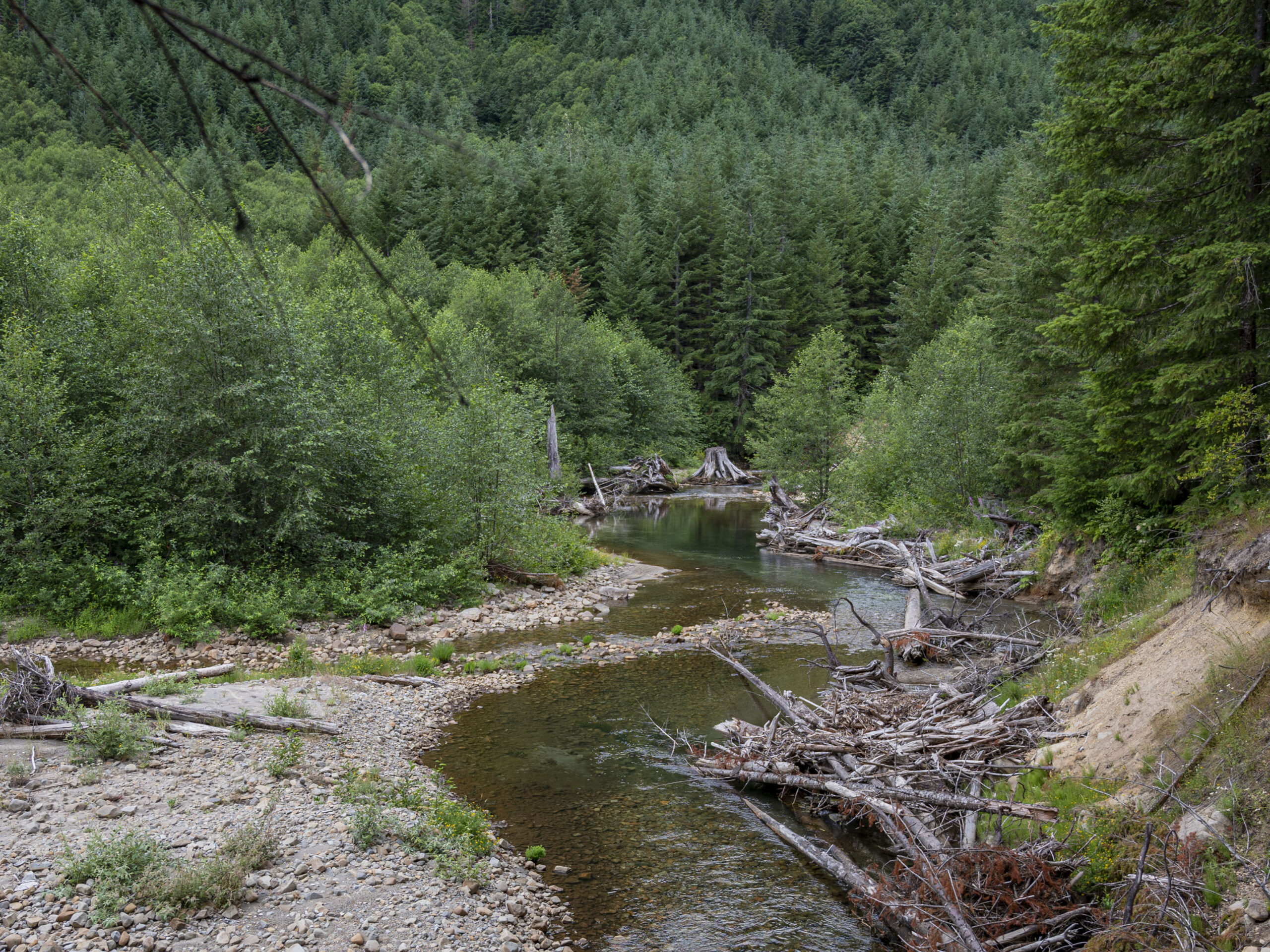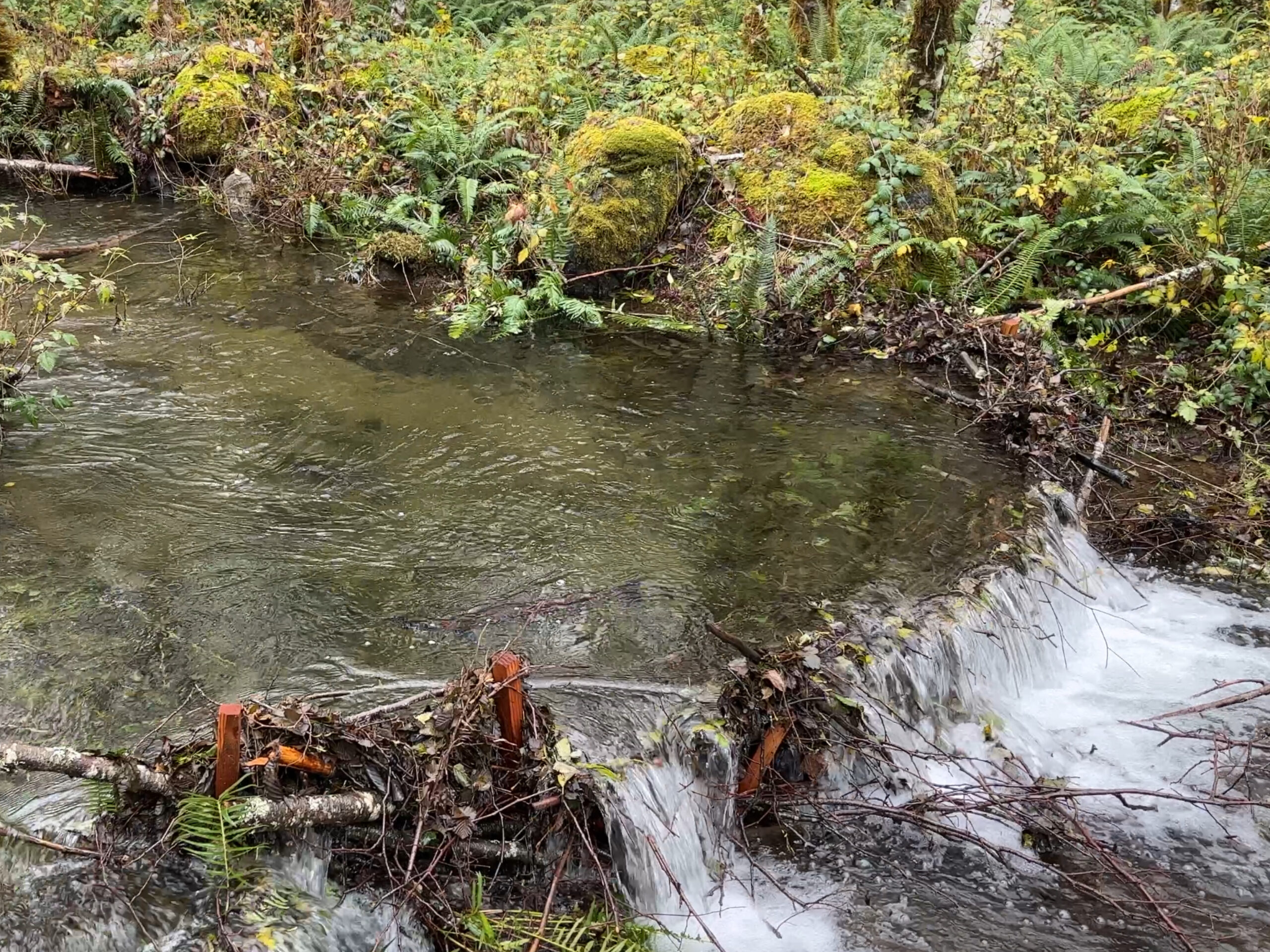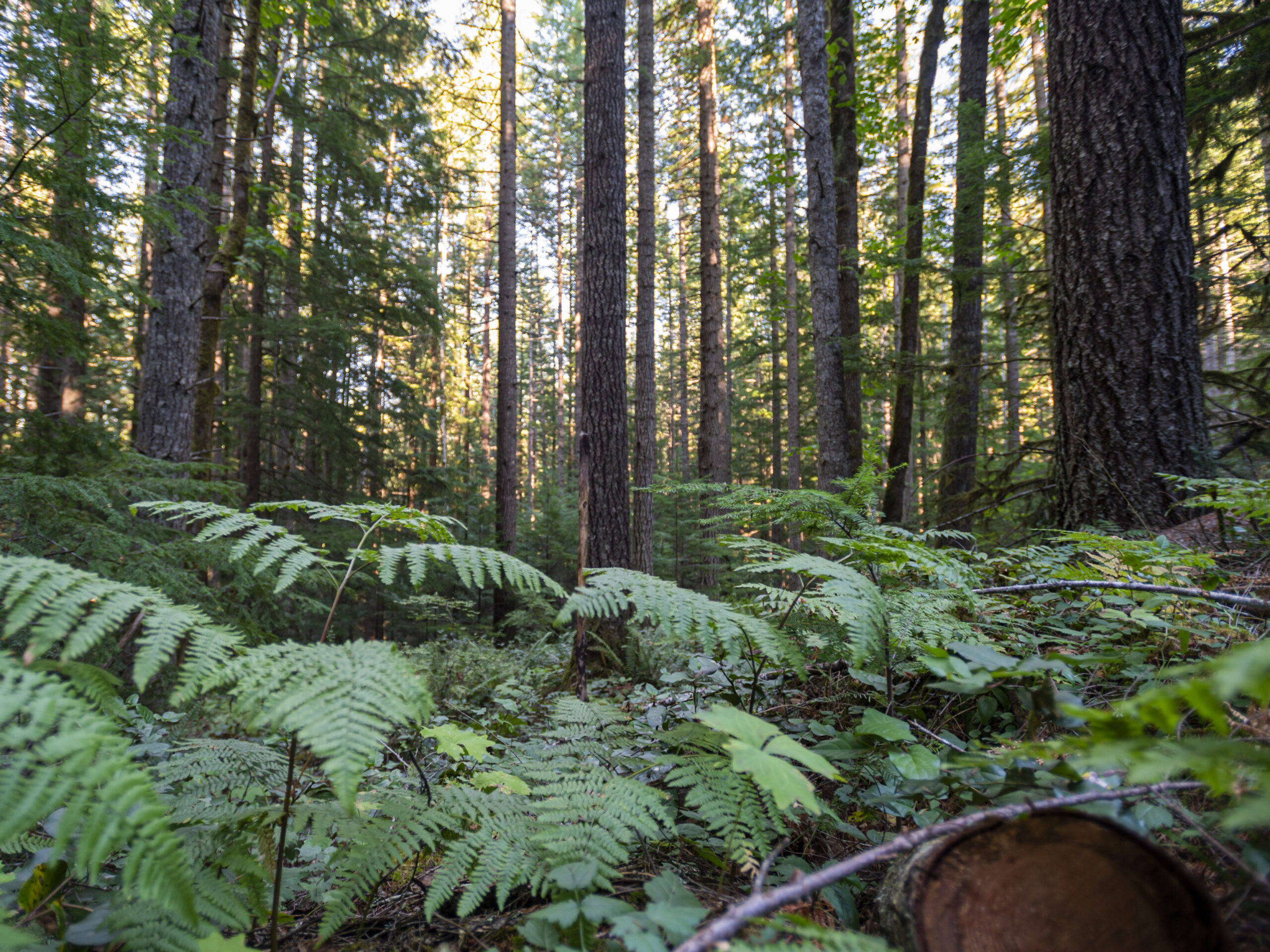Menu
CASCADE FOREST
CONSERVANCY
CONNECT • CONSERVE • EXPLORE
our mission:
the cascade forest conservancy protects and sustains the forests, streams, wildlife, and communities in the heart of the cascades through conservation, education, and advocacy.
News & Updates
HISTORIC NEW PROTECTIONS FOR THE GREEN RIVER
On December 18, the Washington Department of Ecology (Ecology) announced new rules designating portions of three waterways, the Cascade River, ...
Read More →
SALMON ARE ALREADY BENEFITING FROM HABITAT ENHANCEMENT AT STUMP CREEK
After building instream structures in a dry creek bed this past summer, we headed back to Stump Creek in early ...
Read More →
SPEAK UP FOR MATURE FORESTS: COMMENT ON PLANS FOR THE YELLOWJACKET TIMBER SALE
The Forest Service released a Revised Draft Environmental Assessment (Revised EA) for the Yellowjacket planning area on Oct. 31st, 2023. ...
Read More →
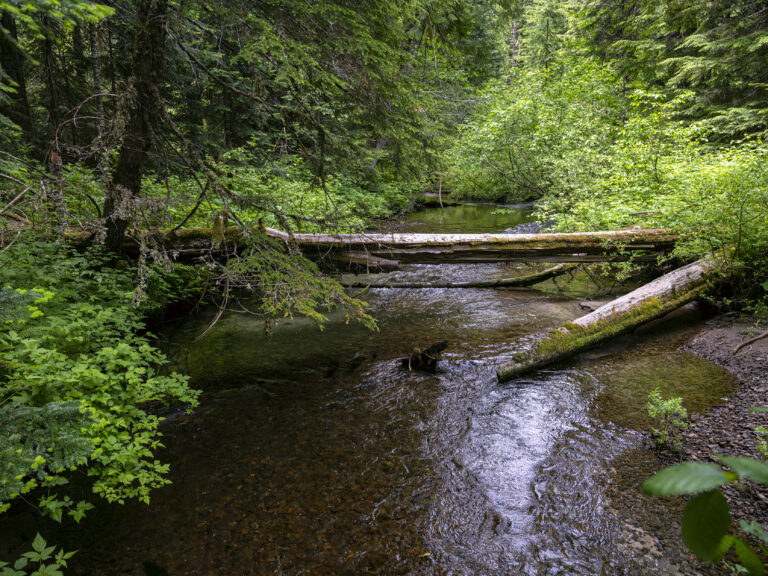
NEWS RELEASE: CFC Objects to Upcoming Timber Sale In Gifford Pinchot National Forest
NEWS RELEASE | March 25, 2024 Vancouver, WA – Cascade Forest Conservancy, a Vancouver-based conservation nonprofit, is objecting to plans for the upcoming Yellowjacket timber sale, which will occur on national forest lands in Lewis and Skamania counties east of Mount St. Helens in the Camp Creek-Cispus River and Yellowjacket Creek watersheds. The conservation group...
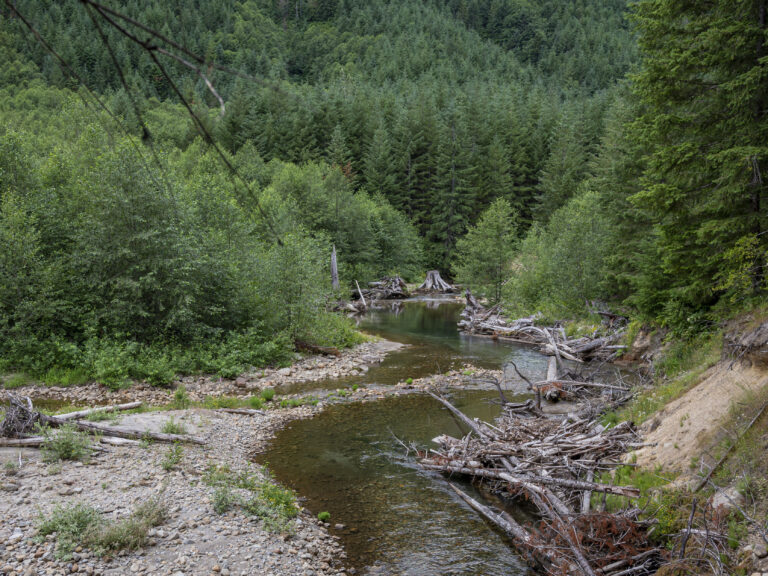
HISTORIC NEW PROTECTIONS FOR THE GREEN RIVER
On December 18, the Washington Department of Ecology (Ecology) announced new rules designating portions of three waterways, the Cascade River, Napeequa River, and Skamania County’s Green River, as Outstanding Resource Waters (ORWs). The new designations are the end result of a multi-year effort by several organizations, including Cascade Forest Conservancy, to safeguard some of Washington’s...
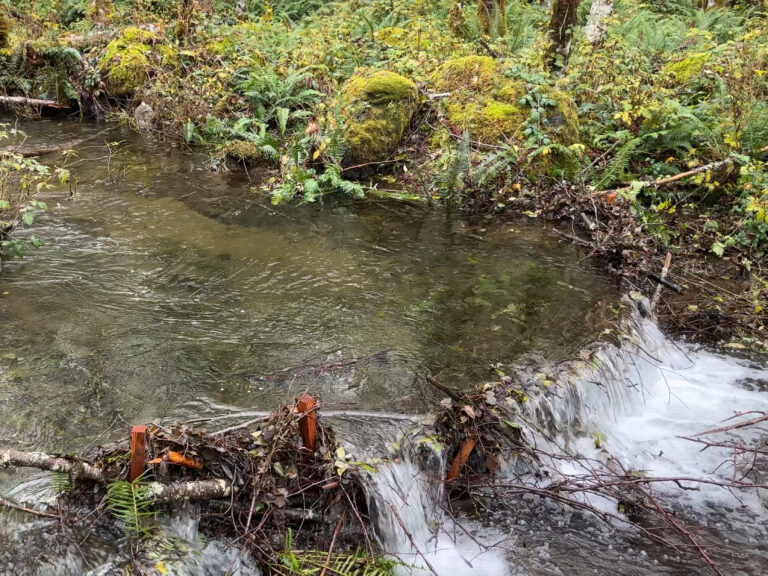
SALMON ARE ALREADY BENEFITING FROM HABITAT ENHANCEMENT AT STUMP CREEK
After building instream structures in a dry creek bed this past summer, we headed back to Stump Creek in early November to see how the structures faired following the first bout of rain. As we headed down to the project site, we saw new channels that had formed, sediment had built up behind structures, and...
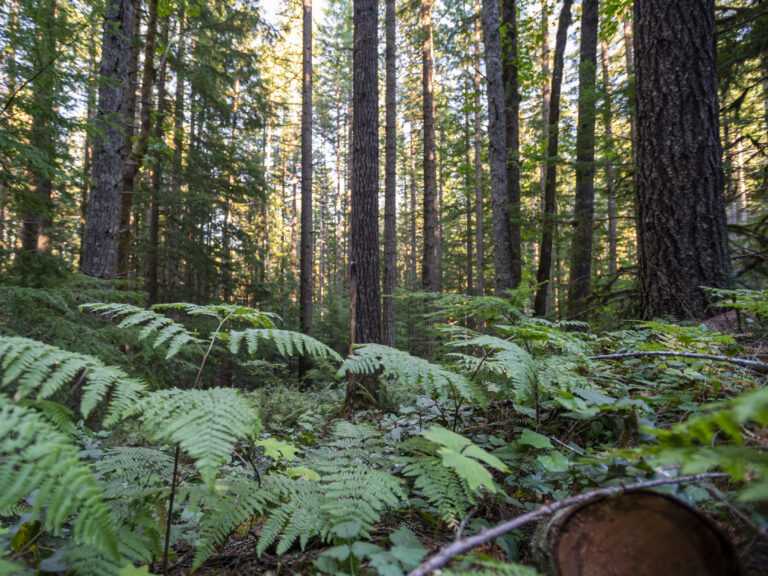
SPEAK UP FOR MATURE FORESTS: COMMENT ON PLANS FOR THE YELLOWJACKET TIMBER SALE
The Forest Service released a Revised Draft Environmental Assessment (Revised EA) for the Yellowjacket planning area on Oct. 31st, 2023. We had raised concerns about aggressive timber treatments in mature forest stands, among other issues. The Revised EA incorporated some of our recommendations but failed to address all of them. The Revised EA is an...
Project Highlights
GREEN RIVER VALLEY ALLIANCE CAMPAIGN
The Green River Valley & nearby Mount St. Helens (Lawetlat'la) are no place for a dangerous open-pit mine! To secure the permanent protections this place needs, we've launched the Green River Valley Alliance
FIGHTING FOR THE MOUNT ST. HELENS PUMICE PLAIN
We are fighting to protect this one-of-a-kind natural laboratory from a proposed road that is putting decades of research & future discoveries at risk
INTRODUCING THE INSTREAM WOOD BANK NETWORK
An innovative & collaborative solution to aquatic restoration in southwest Washington & beyond
Our Work
Wildlands + Connectivity
Wildlands + Connectivity
Mapping and protecting connectivity corridors between vital habitats
Climate Resilience Guidebook
Climate Resilience Guidebook
Strategies for building climate change resilient ecosystems in our region now
Volunteer Science and Education
Volunteer Science and Education
Providing volunteers one-of-a-kind opportunities to learn and make a lasting impact
The Green River Valley & Mount St. Helens: No Place for a Mine
The Green River Valley & Mount St. Helens: No Place for a Mine
Our ongoing fight to stop a disasterous open-pit mine in the shadow of Mount St. Helens (Lawetlat'la)
SPEAK UP FOR A SUSTAINABLE FUTURE
Since 1985, Cascade Forest Conservancy has been your voice speaking for the areas in and around the Gifford Pinchot National Forest in southwest Washington. Join the 12,000 other members who support Cascade Forest Conservancy and are making a difference now.


